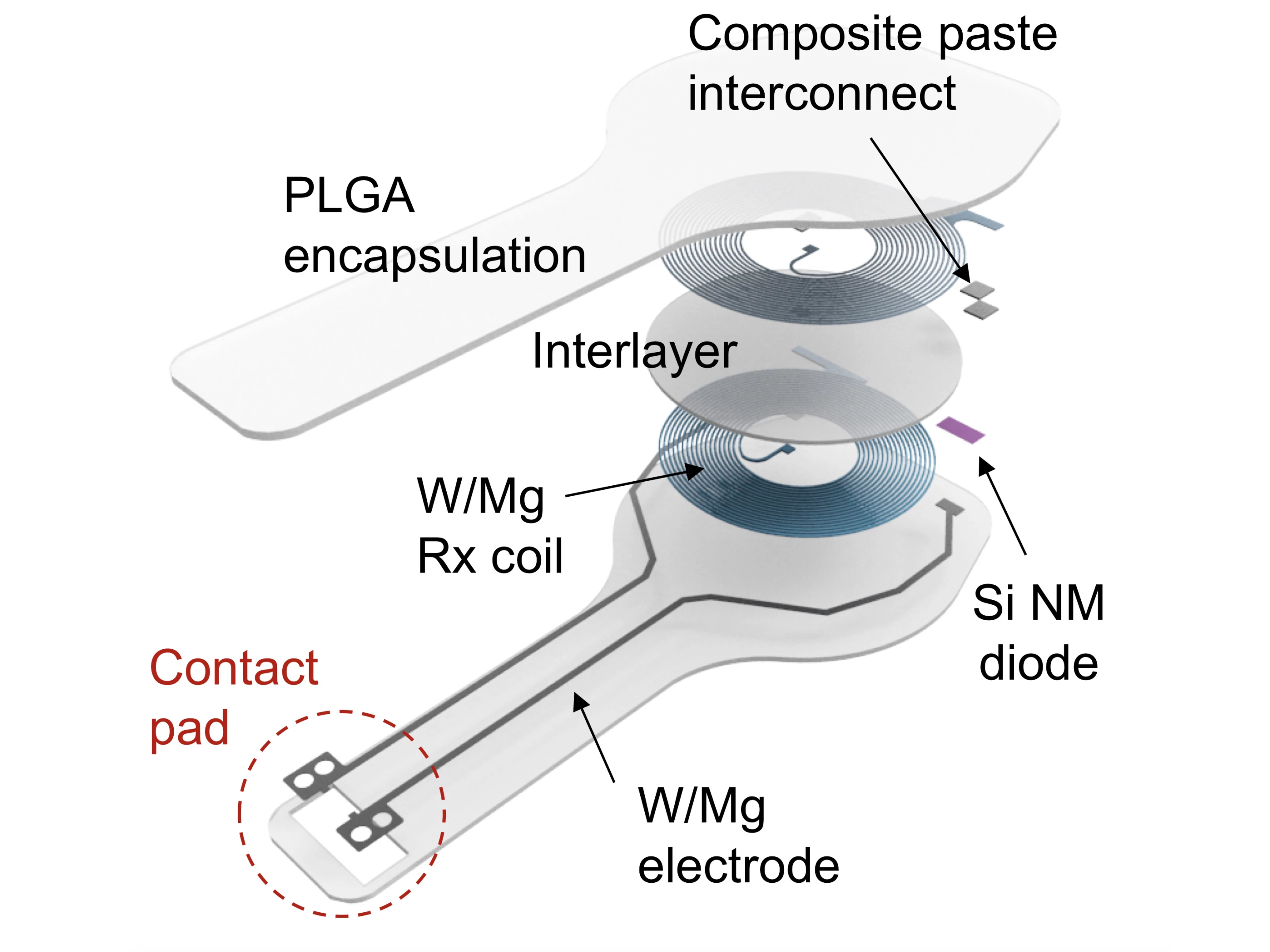In a breakthrough that could greatly ease the burden for patients recovering from cardiac surgery, scientists have developed a new type of temporary pacemaker that never needs to be removed. The world-first device does away with lead and batteries in favor of fully biocompatible materials, and is therefore able to harmlessly dissolve in the body once its served its purpose.
Developed by scientists at Northwestern and George Washington universities, the new device is a type of temporary pacemaker designed to bring a heartbeat back to normal following an injury or cardiac surgery. Typically, temporary pacemaking involves sewing electrodes onto the heart muscle that are wired up to an external box and that need to be removed surgically days or weeks later once a normal rhythm has been restored.
Aside from the angst and discomfort of an invasive follow-up procedure, this process can lead to rare but serious complications, such as infections, blood clots, damaged tissue, or even see the wires becoming lodged in scar tissue.
The scientists' alternative is a fully biocompatible device that weighs less than half a gram and is 250 microns thick. It can be implanted onto the heart where a set of integrated electrodes emit an electrical pulse, wirelessly drawing on energy from an external antenna via NFC. This means no bulky batteries, wires or rigid hardware are required, and all components of the implant can be naturally absorbed into the body's fluids over five to seven weeks.

“Instead of using wires that can get infected and dislodged, we can implant this leadless biocompatible pacemaker,” says Dr. Rishi Arora, a cardiologist at Northwestern Medicine who co-led the study. “The circuitry is implanted directly on the surface of the heart, and we can activate it remotely. Over a period of weeks, this new type of pacemaker ‘dissolves’ or degrades on its own, thereby avoiding the need for physical removal of the pacemaker electrodes. This is potentially a major victory for post-operative patients."
The scientists have so far tested out the device on the hearts of mice, rats, rabbits and canines, along with human models, where it proved effective at pacing the hearts of differing sizes. Interestingly, the rate at which it dissolves can be controlled by its composition and thickness, allowing the team to dictate the exact number of days the pacemaker remains functional for.

“Hardware placed in or near the heart creates risks for infection and other complications,” says Northwestern’s John A. Rogers, who led development of the device. “Our wireless, transient pacemakers overcome key disadvantages of traditional temporary devices by eliminating the need for percutaneous leads for surgical extraction procedures – thereby offering the potential for reduced costs and improved outcomes in patient care. This unusual type of device could represent the future of temporary pacing technology.”
The research was published in the journal Nature Biotechnology.
Source: Northwestern University







